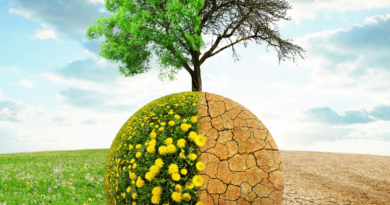Rooted in Nature: The Top Ten Fascinating Trees of Kenya
Kenya is home to a vast array of flora and fauna, with over 1,000 tree species present in the country. From towering baobabs to the iconic African Acacia, various trees in Kenya are not only majestic but also play a crucial role in the country’s ecology and economy. With many communities relying on trees for medicinal and nutritional purposes, and the tourism industry thriving on the beauty of Kenya’s natural landscapes, it’s essential to appreciate the unique diversity of trees in the country. In this article, we’ll explore ten interesting things to know about trees in Kenya, which will fascinate young explorers and environmental enthusiasts alike.
- Baobab tree is the most famous and largest tree in Kenya. It can grow up to 25 meters tall and 12 meters in diameter.
- Kenya’s national tree is the iconic African Acacia, which has thorns and a flat-topped crown.
- The Jacaranda tree, famous for its beautiful purple flowers, is widespread in Nairobi and other urban areas in Kenya.
- Kenya has over 1,000 species of trees, including the endangered East African sandalwood and the unique Macadamia nut tree.
- The Moringa tree, also known as the Miracle tree, is an essential source of vitamins, minerals, and protein for many Kenyan communities.
- The Grevillea tree is famous for its red flowers and is often used for reforestation projects in Kenya.
- The Cedar tree is a famous coniferous tree in Kenya, often used for making furniture and wooden structures.
- The indigenous fig tree, known as Mũkũyũ in the Kikuyu language, plays an essential role in traditional Kenyan medicine.
- The Kenyan government has embarked on various afforestation projects, including the ongoing Greening Kenya Initiative, to increase forest cover in the country.
- The trees in Kenya’s forests provide essential ecological services, such as carbon sequestration, soil conservation, and habitat for various wildlife species like the elephant, leopard, and colobus monkey.
In conclusion, trees are a vital part of the country’s rich biodiversity, providing not only ecological benefits but also economic and cultural significance. From the Moringa tree’s health benefits to the Cedar tree’s use in making furniture, trees are not only fascinating but also essential to the lives of many Kenyans. It’s crucial to appreciate and protect these unique trees, not just for their beauty, but also for their contribution to the environment and society. By understanding and valuing the importance of trees, we can ensure a sustainable future for both the people and the wildlife of Kenya.




